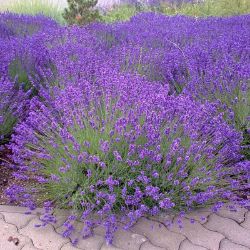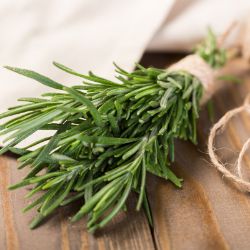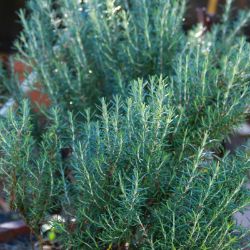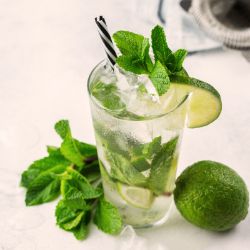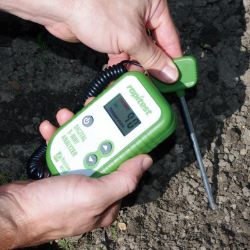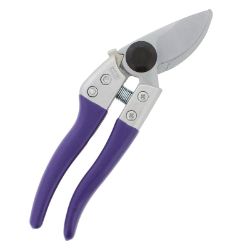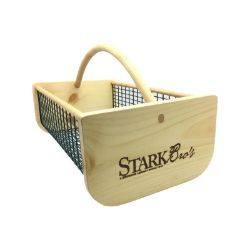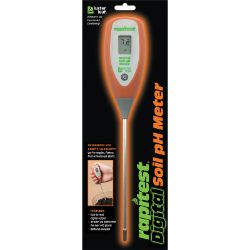Harvesting Herbs
Harvesting herb foliage for culinary use, medicinal use, or dried flowers is one of the joys of growing herbs. It is also essential for maintaining the size and shape of the plants. Most herbs are at their peak flavor just before flowering, so it is important to harvest them regularly. When harvesting, use sharp pruning shears and cut just above a node or set of leaves to encourage new growth. Regular harvesting can also prevent the plants from becoming too woody or leggy.
NOTE: This is part 9 in a series of 9 articles. For a complete background on how to grow herbs, we recommend starting from the beginning.
To ensure continued growth, herbs should be harvested regularly during the growing season when enough foliage is present. When harvesting, it’s important to cut sprigs just above a leaf cluster or at the bottom of the stem for parsley and chives. Dead or damaged leaves should be removed, and dirt should be wiped off. If the leaves are very dirty, it’s recommended to spray them with a garden hose the day before harvesting. It’s best to pick herbs early in the day, before the sun’s heat pulls flavorful oils from the plant.
Most herbs used for drying should be picked just before the flowers open, when the leaves have the highest content of aromatic, volatile oils. Perennial leaves should be discontinued by late summer to allow the plants to store enough carbohydrates to overwinter. Seeds may be saved for culinary uses or starting new plants. Harvest seeds when they change color from green to brown or gray and allow them to dry completely before storing.
For immediate use, gently rinse and dry leaves. Extra herbs can be stored unwashed in unsealed plastic bags in the refrigerator crisper, and should be washed before use.
Storing & Preserving
There are several methods for drying herbs for future use. Small bunches of herbs can be air-dried by stripping leaves from the bottom 2 inches of the stem and securing the stems with a rubber band. The bunches should be hung in a well-ventilated, dust-free, dark area, and labeled because dried herbs often look the same. If thick, succulent leaves are present, such as those of basil, rapid drying in a warm oven, dehydrator, or solar dryer may be the only method of retaining color and oils.
If the leaves are not too small, they may be removed from the stems and dried in a single layer on trays made of window screening or 1-inch-mesh hardware cloth that should be food grade. Stir the leaves gently once or twice a day to speed the drying process. When drying a large quantity of herbs, a dehydrator is a good choice. The herbs should be placed in a single layer on the dehydrator tray and not touching or overlapping. For best flavor, dry herbs on the lowest setting possible.
Herb leaves are dry when they become brittle and crumble into powder when rubbed between the hands. For a powdered or ground form, crush the leaves with a rolling pin, pass them through a fine sieve, or grind them in a blender or with a mortar and pestle. To preserve flavor, store the leaves whole and crush when ready to add to food. Dried herbs should be stored in airtight containers in a cool, dry place out of direct sunlight. Stored correctly, the herbs will retain their essential oils and flavors for up to one year.
There are several methods for freezing herbs, depending on how they will be used later in the kitchen. For example, herbs can be chopped and placed in an ice cube tray with water or oil, then frozen and transferred to a freezer-quality bag or jar. Clean, dry leaves can also be spread in a single layer on a cookie sheet and placed in the freezer. Frozen herbs should be used within one year and added directly from the freezer to soups, stews, or the frying pan. Sealed glass jars are a better choice for freezing herbs than plastic containers to prevent odor transfer.













